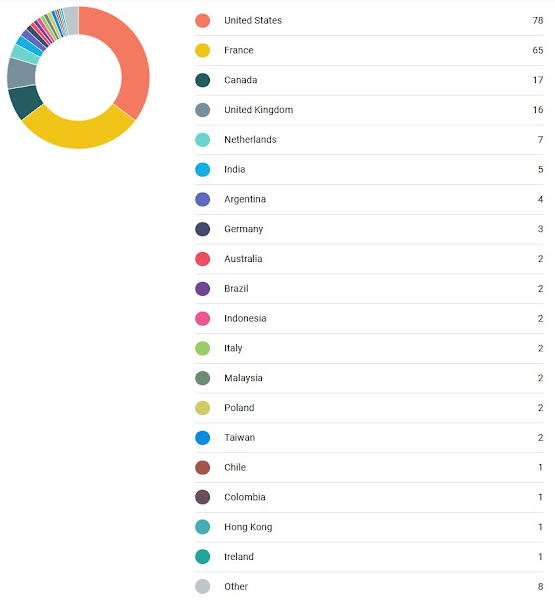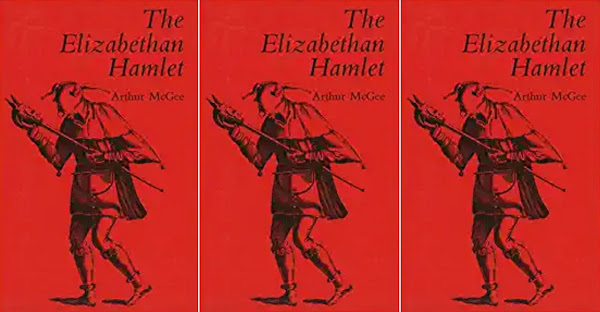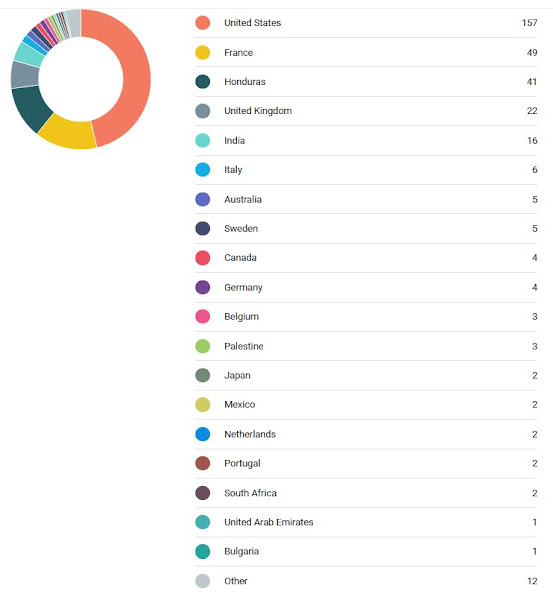Battenhouse's Authoritarian-Protestant Bias (part 12)

Of all well-known Protestant religious Shakespeare critics of the 20th century, Roy W. Battenhouse is, to me, troubling. He demonstrates broad familiarity with many sources and attends to details. But due either to a Protestant or an authoritarian bias (or both), he is determined to find more selfishness and sin in Prince Hamlet than even in Claudius. Many of his Shakespeare essays are collected in Shakespearean Tragedy: Its Art and Its Christian Premises (1969). His chapter “Hamartia in Aristotle, Christian Doctrine, and Hamlet” (204-266) is helpful in a variety of ways. But he finds more sin than grace in each character, especially Hamlet, even where other scholars find traces of turning or redemption (250). [L: Shakespearean Tragedy: Its Art and Its Christian Premises (1969). Image via Amazon.com. Fair use. R: Shakespeare’s Christian Dimension (1994). Image via Google Books. Fair use. Both out of print, available used and in libraries.] He views Hamlet’s love of Opheli...








